Introduction
COLUMBUS, Ohio (AP) — Exploding freight cars full of ethanol made for a dramatic early morning scene in Ohio’s capital on Wednesday, but officials said the train derailment that led to a hurried evacuation of an urban neighborhood could have been much worse.
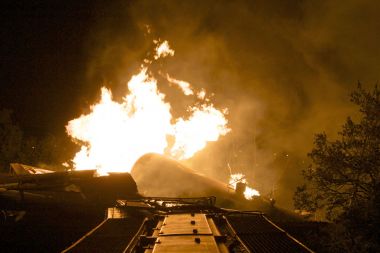
The National Transportation Safety Board dispatched a 12-person team to investigate the derailment on the Norfolk Southern Corp. tracks, which led to spectacular explosions and the burning of three tank cars each carrying 30,000 gallons of ethanol. Nobody aboard the train was injured.
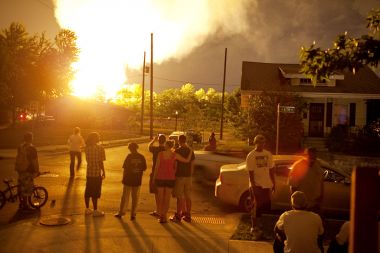
The NTSB expects to issue a preliminary report on the derailment in a month. The full investigation could take a year.
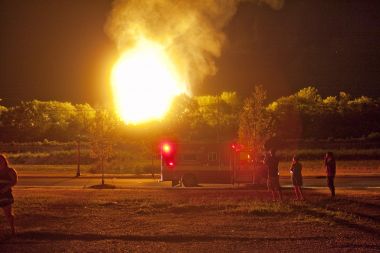
Officials said they don’t know yet what caused the accident, which occurred at around 2 a.m. in an industrial area near Interstate 71, north of downtown. The explosions were felt for blocks and sent flames shooting high in the air.

NTSB board member Earl F. Weener said Wednesday night that the tankers are still burning. He said once they cool down, a chemical foam will be sprayed on them to prevent re-igniting and the remaining ethanol will be removed.
Two people were injured while walking on the tracks to investigate when a second explosion occurred. Officials said they went to the hospital themselves with minor injuries.
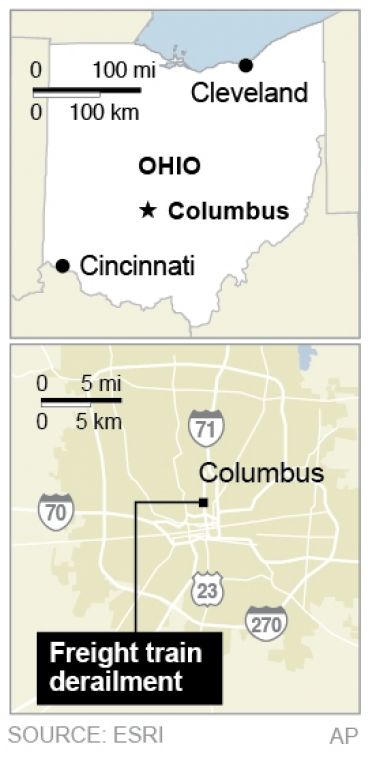
Columbus Mayor Michael Coleman, who later Wednesday visited a temporary Red Cross shelter set up for evacuees, said the accident could have been worse if it had occurred in an area where more people lived.
“I’m grateful, in one respect as well, that this did not occur in a more populated area near more residents,” he said. “It very well could have. A mile up or a mile south. North or south, east or west. It could have been tragic in other ways as well.”
Assistant Chief David Whiting of the Columbus fire division said it was fortunate the accident occurred in the middle of the night.
“The time it occurred, where it occurred, were very good things for us,” Whiting said. “Because we didn’t have a whole lot of people around, businesses were closed, we were able to take care of getting our firefighters back and evacuating a small number of people.”
About 100 residents who live within a 1-mile radius of the derailment were evacuated by firefighters, who decided to let the fire burn itself out, according to Whiting. Officials said the burning ethanol, an alcohol compound commonly used in fuel, posed no environmental or health concerns. Residents were back in their homes by mid-afternoon.
Nicholas Goodrich, a 35-year-old grocery store employee from Columbus, said he and two other people got as close as 100 feet from the explosion.
“Looking at it, I thought it was an atomic bomb or something,” he said. “The heat was so excruciating that I had to ball up and cover my body.”
Norfolk Southern spokesman Dave Pidgeon said the 98-car-freight train was traveling from Chicago to Linwood, N.C. Sixteen cars ended up going off the tracks, including the three hauling ethanol.
Two cars transporting wheat and corn syrup were breached and were leaking an undetermined amount, officials said. Crews were applying sand to stop the leaks before trying to recover what they can of the remaining cargo.
Joel Priester said he watched the blast from his home about two blocks away.
“I saw flames, then I heard a loud sound, like a boom, and saw the flames shooting higher,” he said. “It looked like the sun exploded.”
Patricia Reilly, a spokeswoman for the American Association of Railroads, said freight train accidents are uncommon, given the volume of freight that is transported around the country by trains.
Roughly 29.4 million carloads of freight are hauled every year across 140,000-plus miles of rail in the United States, she said. Of that, 1.8 million carloads are categorized as varying hazardous materials. Last year, about 325,000 carloads of ethanol were hauled over those lines.
Last year was one of the safest years ever for U.S. railroads, Reilly said.
“I think one accident is a horrible thing,” she said. “But it’s always a good education to understand in context what that represents in the big picture.”
___
Associated Press writers Barbara Rodriguez in Columbus and Shelley Adler in Washington contributed to this report.
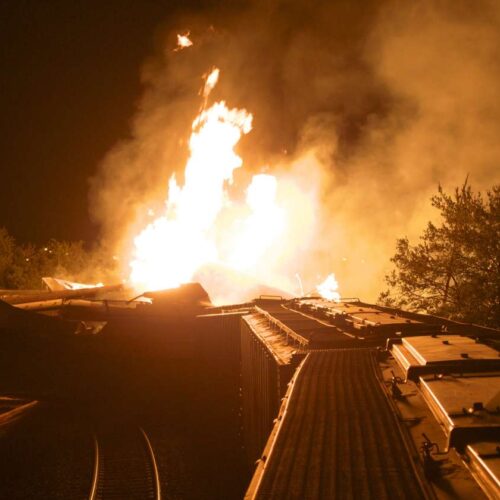
Join the conversation
Show Comments